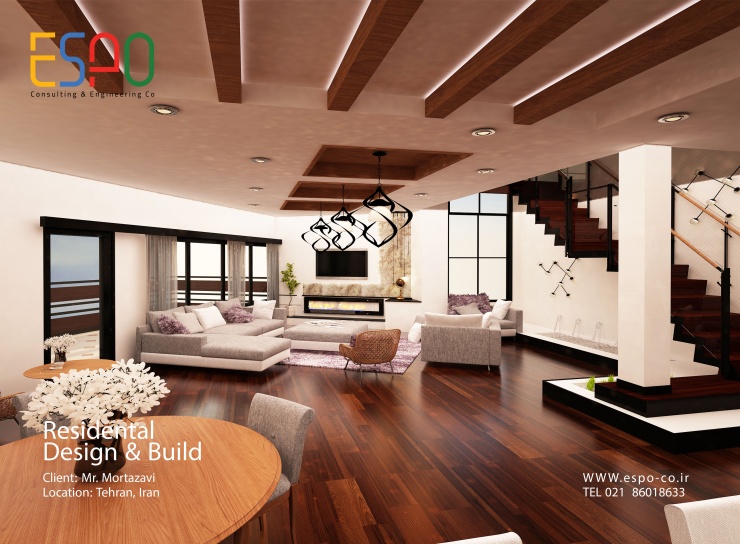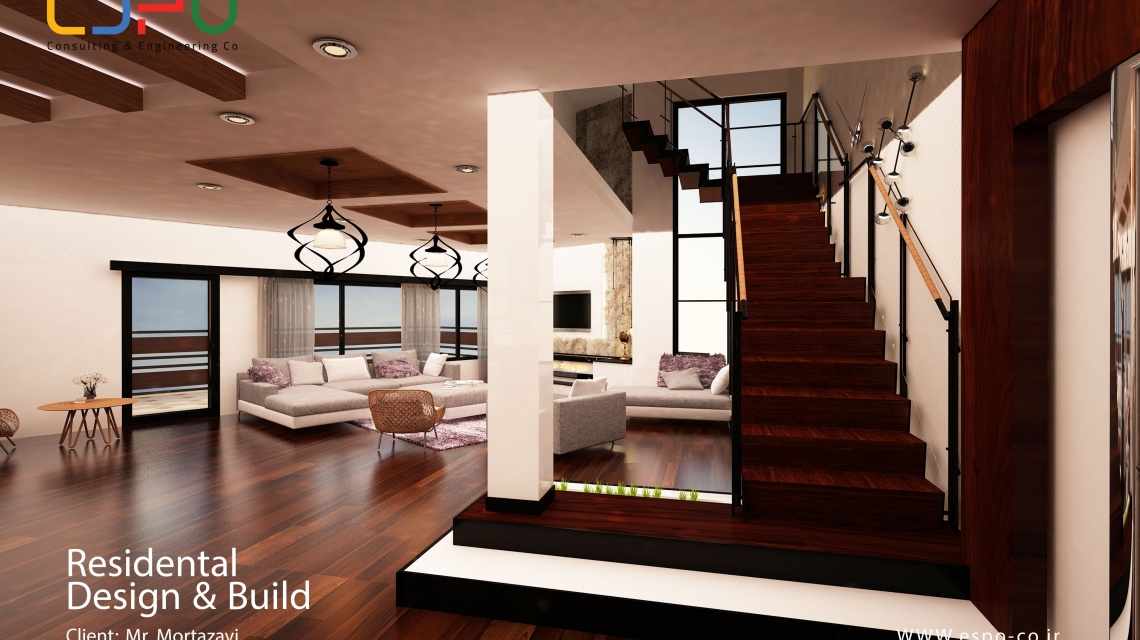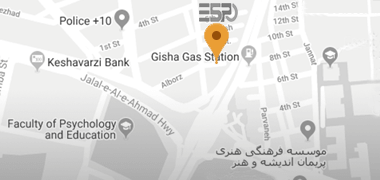
طراحی پلان و دکوراسیون داخلی یکی از مراحل مهم در معماری و طراحی داخلی است که تأثیر مستقیمی بر عملکرد و زیبایی فضاهای داخلی دارد. طراحی پلان، شامل نقشهکشی و تقسیمبندی فضاهای داخلی بر اساس نیازها و کاربردهای مختلف است. این مرحله تعیین میکند که اتاقها، آشپزخانه، سرویسهای بهداشتی، نشیمن و سایر فضاها چگونه با یکدیگر در ارتباط باشند و بهترین استفاده از فضا انجام شود. در دکوراسیون داخلی، تمرکز بر جزئیات و زیباییشناسی فضا است.
این بخش شامل انتخاب مبلمان، رنگها، متریالها و نورپردازی است. هدف اصلی، ایجاد فضایی است که هم از لحاظ ظاهری جذاب و هم از نظر کاربردی کارآمد باشد. در این فرایند، انتخاب پالت رنگی مناسب، ترکیب سبکهای مختلف دکوراسیون، و استفاده از نور طبیعی و مصنوعی برای ایجاد حس عمق و گرما در فضا اهمیت دارد. هماهنگی میان طراحی پلان و دکوراسیون داخلی، منجر به خلق فضاهایی زیبا و کاربردی میشود که نه تنها نیازهای ساکنان را برآورده میکند، بلکه راحتی و آرامش آنها را نیز تضمین میکند.










